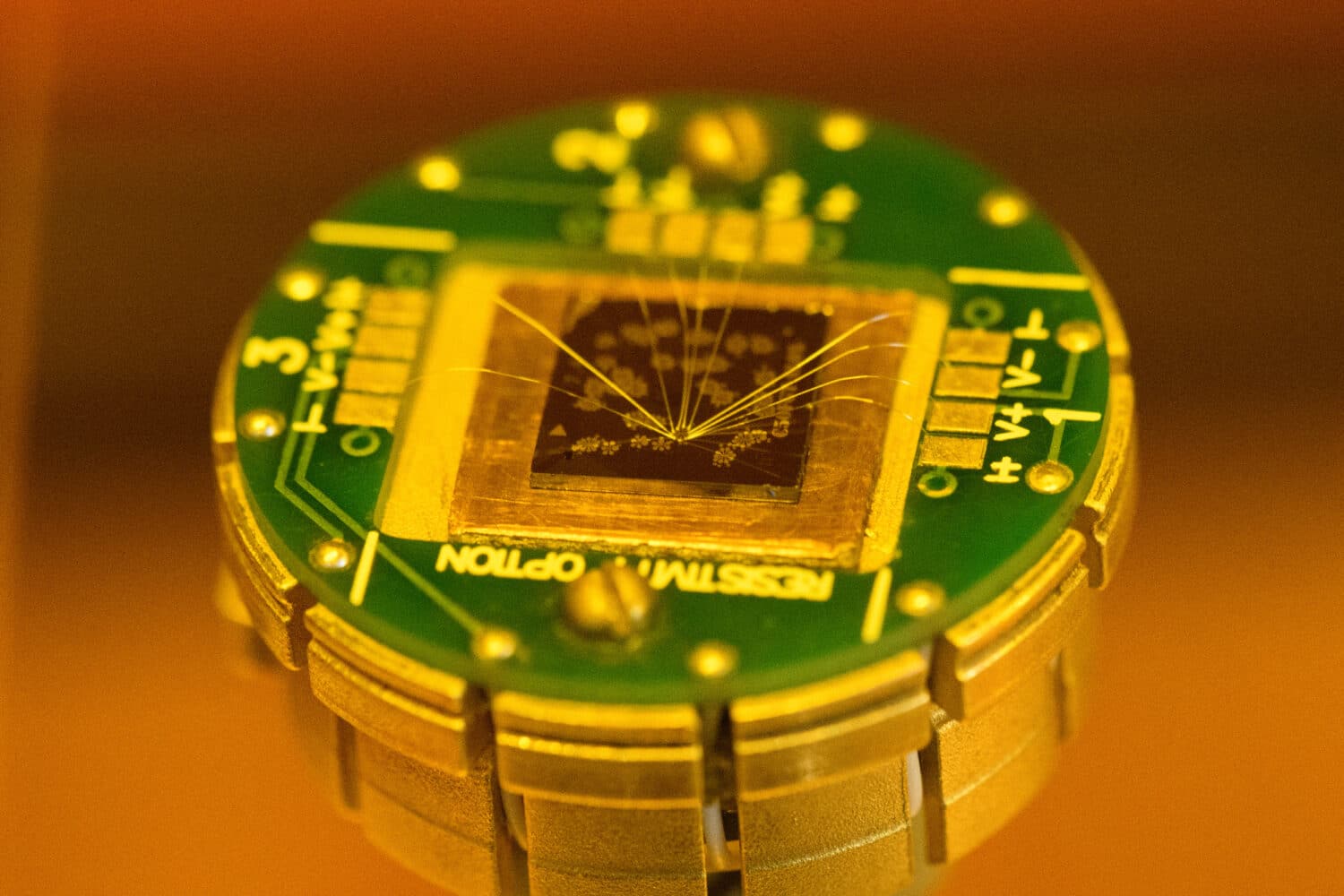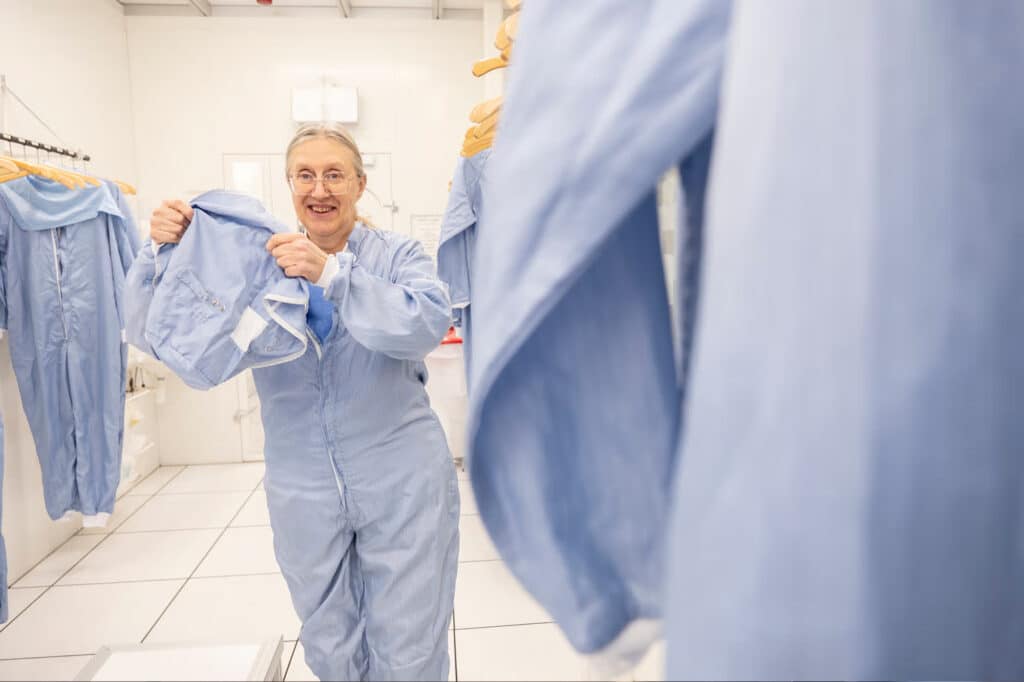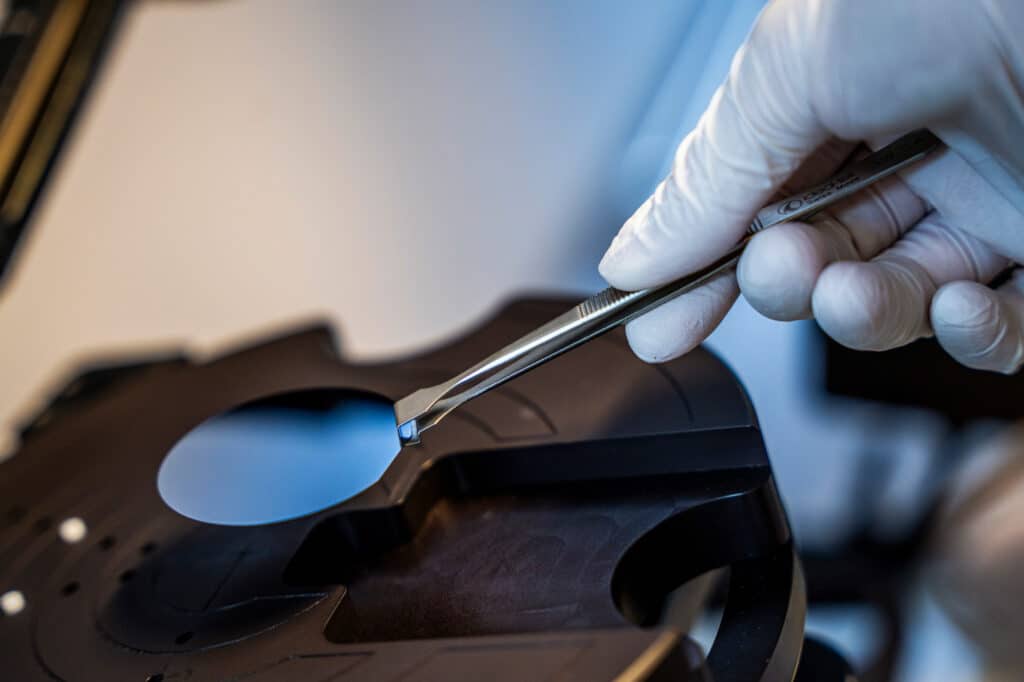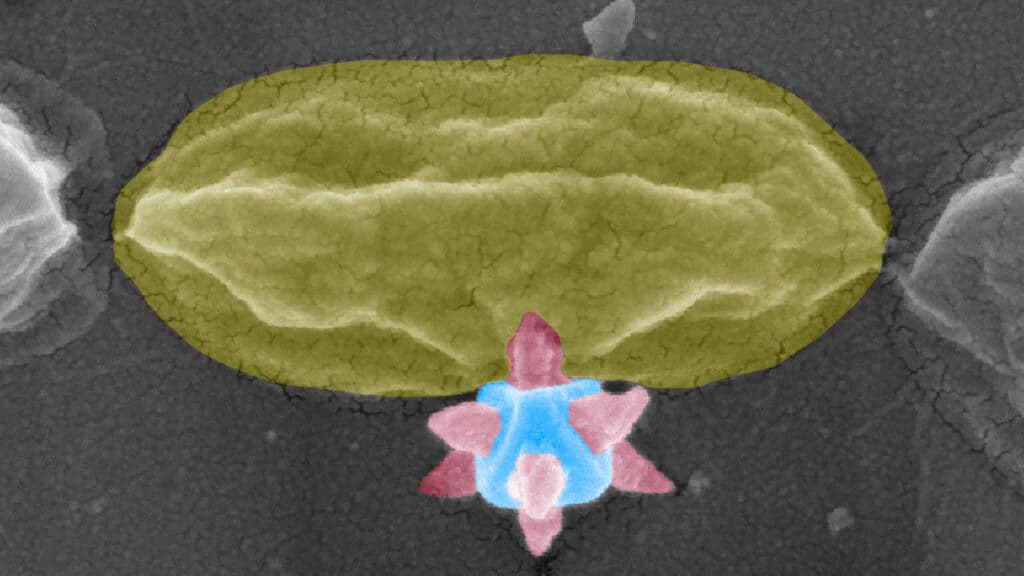It is anticipated that, within just a few decades, the surging volume of digital data will constitute one of the world’s largest energy consumers. Now, researchers at Chalmers University of Technology, Sweden, have made a breakthrough that could shift the paradigm: an atomically thin material that enables two opposing magnetic forces to coexist – dramatically reducing energy consumption in memory devices by a factor of ten. This discovery could pave the way for a new generation of ultra-efficient, reliable memory solutions for AI, mobile technology and advanced data processing.
Memory units are essential components in virtually all modern technologies that process and store information – AI systems, smartphones, computers, autonomous vehicles, household appliances and medical devices. Magnetism has emerged as a key player in the evolution of digital memory. By harnessing the behaviour of electrons in magnetic materials under external fields and electric currents, researchers can design memory chips that are faster, smaller and more energy-efficient. However, the volume of data being stored, processed and transmitted is growing exponentially. Within a few decades, it is projected to account for nearly 30 per cent of global energy consumption. This has prompted an urgent search for new approaches to building far more energy-efficient memory units – while unlocking entirely new technological opportunities.
Now, the Chalmers team is the first in the world to unveil how a novel, layered material combines two distinct magnetic forces, enabling a tenfold reduction in energy consumption in memory devices.
“Finding this coexistence of magnetic orders in a single, thin material is a breakthrough. Its properties make it exceptionally well-suited for developing ultra-efficient memory chips for AI, mobile devices, computers and future data technologies,” says Dr. Bing Zhao, a researcher in quantum device physics at Chalmers and lead author of a study published in Advanced Materials.





